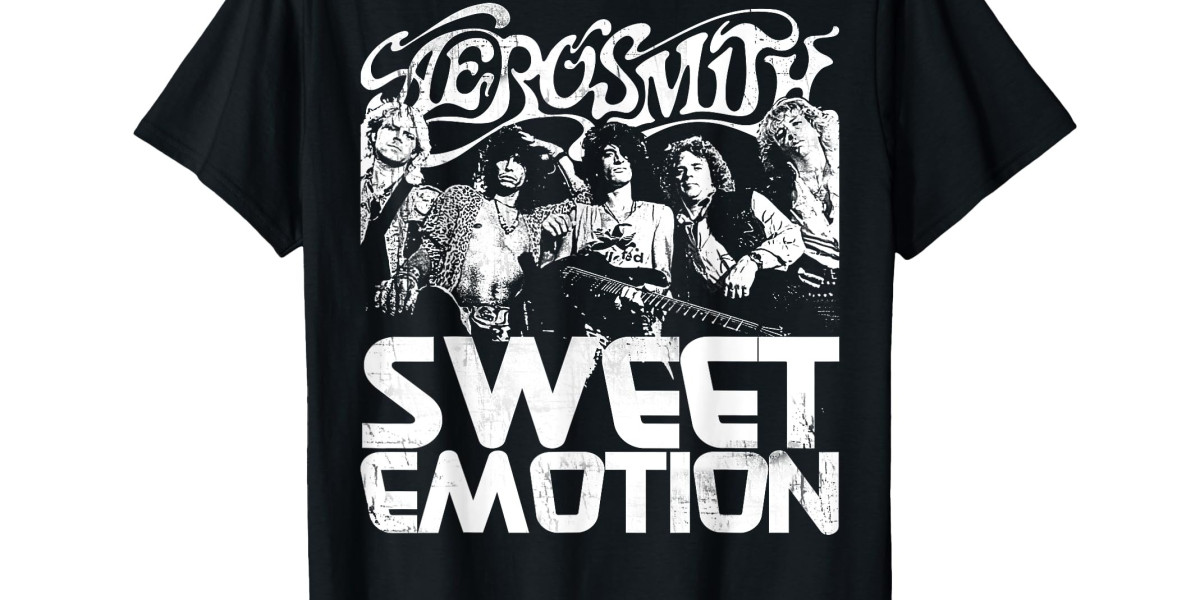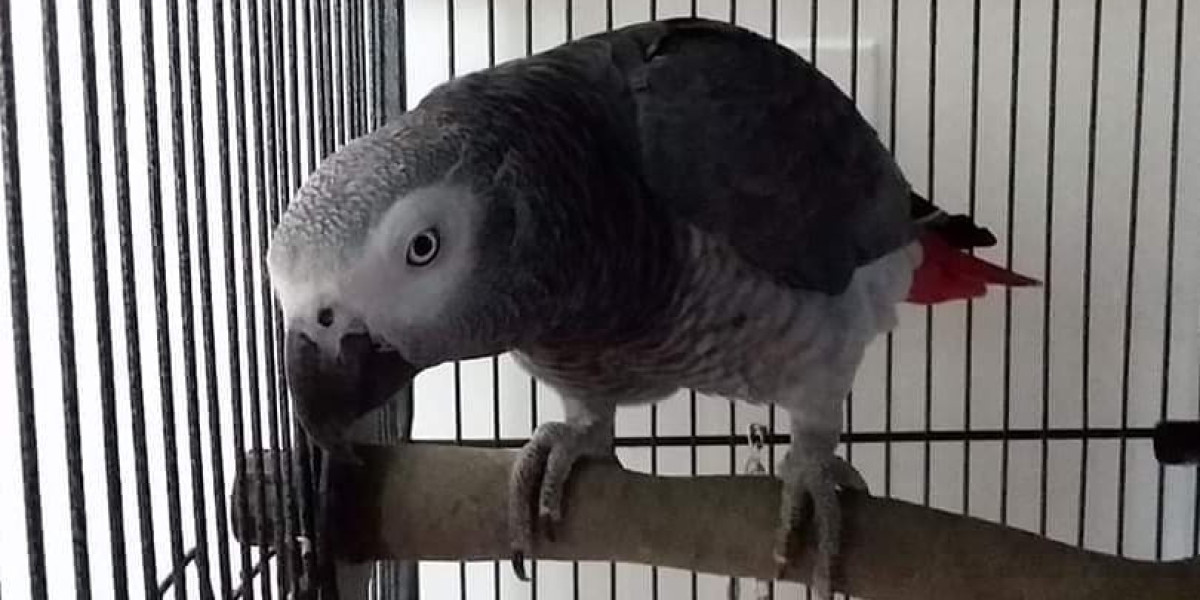A full, well-defined beard is a symbol of masculinity, confidence, and style in today’s grooming culture. However, not every man is genetically blessed with thick facial hair. If you're tired of patchy growth or struggling to grow a beard at all, a beard transplant in Gurgaon might be the solution you've been looking for. This blog walks you through everything you need to know about beard transplants, from how the procedure works to recovery, results, and whether it's right for you. Stay tuned for further information.
What Is a Beard Transplant?
A beard transplant is a cosmetic surgical procedure that involves transplanting hair follicles from one part of the body (typically the scalp) to the beard area to improve density, shape, and uniformity. It's a form of facial hair restoration designed for men who have thin, patchy, or absent beard growth.
Techniques Used:
There are two primary hair transplant techniques used for beard restoration:
FUE (Follicular Unit Extraction):
Individual hair follicles are extracted from the donor site (usually the back of the scalp) and implanted into the beard area.
Less invasive, minimal scarring, quicker recovery.
FUT (Follicular Unit Transplantation):
A strip of scalp is removed and follicles are harvested from it.
More common for larger transplant areas but leaves a linear scar.
FUE is the more popular option for beard transplants due to its precision and natural results.
Who Is a Good Candidate?
Ideal candidates for beard transplants include:
Men with thin, uneven, or patchy beards
Those with facial hair loss due to genetics, scarring, or trauma
Individuals with healthy hair growth at the donor site (typically the back or sides of the scalp)
Non-smokers and those in generally good health
What to Expect During the Procedure
The procedure takes about 4 to 8 hours, depending on the size of the area being treated. Here’s what you can expect during the procedure:
Step-by-Step Process:
Consultation & Planning:
The doctor maps out the desired beard shape and density
Hairline and symmetry are discussed.
Anesthesia: Local anesthesia is applied to both the donor and recipient areas.
Follicle Extraction (FUE): Hair follicles are removed one by one using a tiny punch tool.
Graft Preparation: Extracted follicles are examined and prepared for implantation.
Implantation:
Tiny incisions are made in the beard area.
Hair follicles are carefully implanted in the direction of natural beard growth.
Recovery and Aftercare
Here’s what recovery and aftercare might look like:
First Week:
Redness, swelling, and mild discomfort are normal.
Tiny scabs form where grafts were placed.
Avoid touching or shaving the area.
Sleep with your head elevated to reduce swelling.
2–3 Weeks:
Transplanted hairs may fall out (a normal process called “shock loss”).
Don’t panic; new growth begins soon.
3–6 Months:
New beard hairs start to appear.
Continued improvement in density and texture.
9–12 Months:
Full results become visible.
Hair grows naturally and can be shaved, trimmed, or styled.
Original Source:- https://www.stusocial.com/blogs/1831/Transform-Your-Beard-A-Guide-to-Beard-Transplants







